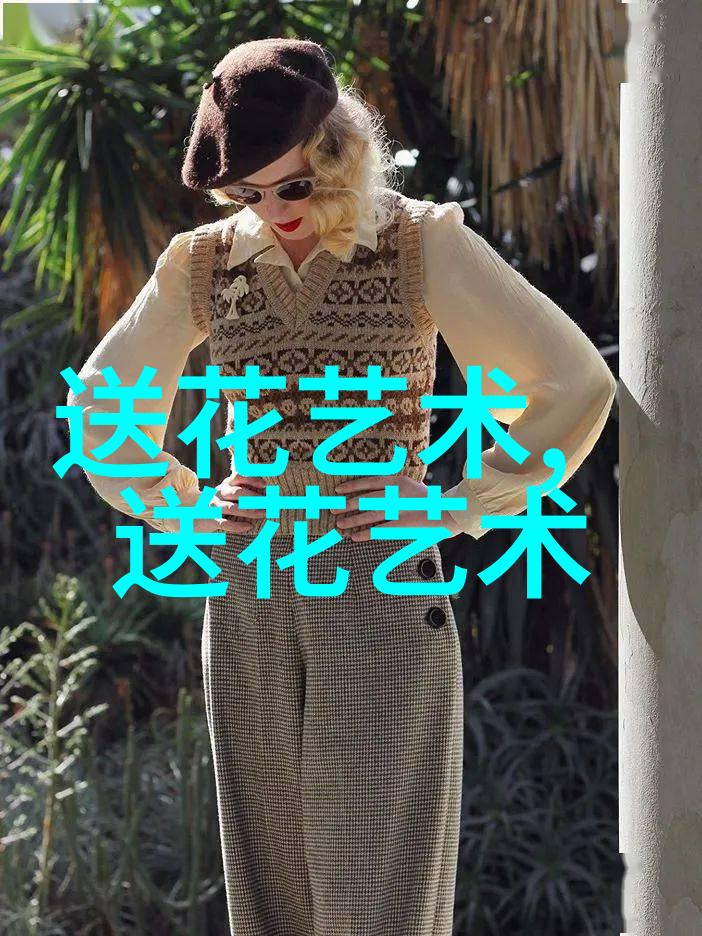彩虹皮克特朱迪芝加哥(Judy Chicago)高清作品欣赏
 朱迪·芝加哥(Judy Chicago)高清作品《彩虹皮克特》
朱迪·芝加哥(Judy Chicago)高清作品《彩虹皮克特》
作品名:彩虹皮克特
艺术家:朱迪·芝加哥
年代:1965
风格:极简主义
类型:装置
介质:胶合板
“P>”Rainbow Pickett(1965/2004)是她为1966年1月在洛杉矶的罗尔夫-尼尔森画廊举行的第一次独奏画廊展而创建的几间房间大小或接近房间大小的雕塑装置之一。Gail Levin的艺术家传记(“成为朱迪芝加哥,和声书,2007”)描述的工作是“一系列六体积的不同长度和颜色的梯形,由单色画的帆布铺在胶合板框架上。这六个梯形斜靠在一个四十五度角的墙壁上,尺寸缩小了。“正如莱文所指出的,这首曲子是为1960年的灵魂歌手Wilson Pickett命名的,但它的名字常常因名字的拼写错误而丢失。最初的Rainbow Pickett于1966在纽约展出,作为基础极简主义展览《犹太人博物馆》的一部分,有影响力的评论家克莱门特·格林伯格将其描述为展览中最好的作品之一。它后来被艺术家和其他大型雕塑破坏,因为它的存储成本。它在2004为拉莫卡的回顾展“最小的未来”重建。艺术作为对象,1958年至1968年,“并成为这个展览的标志性形象。
Title:Rainbow Pickett
artist:Judy Chicago
Date:1965
Style:Minimalism
Genre:installation
Media:plywood
Rainbow Pickett (1965/2004) is one of several room-sized or nearly room-sized sculptural installations she created for her first solo gallery show, held at the Rolf Nelson Gallery in Los Angeles in January 1966. Gail Levin’s biography of the artist (Becoming Judy Chicago, Harmony Books, 2007) describes the work as “a series of six volumnar trapezoids of different lengths and colors, made from monochrome-painted canvas stretched over plywood frames. The six trapezoids leaned against a wall at forty-five-degree angles in decreasing order of size.” As noted by Levin, the piece was named for 1960s soul singer Wilson Pickett, but the reference has frequently been lost through misspellings of its name. The original Rainbow Pickett was shown in New York in 1966 as part of the foundational Minimalist exhibition, “Primary Structures,” at the Jewish Museum; the influential critic Clement Greenberg described it then as one of the best works in the exhibition. It was later destroyed by the artist along with other large sculptures because of its storage costs. It was reconstructed in 2004 for LAMOCA’s retrospective exhibition, “A Minimal Future? Art as Object, 1958-1968,” and became the hallmark image for this exhibition.